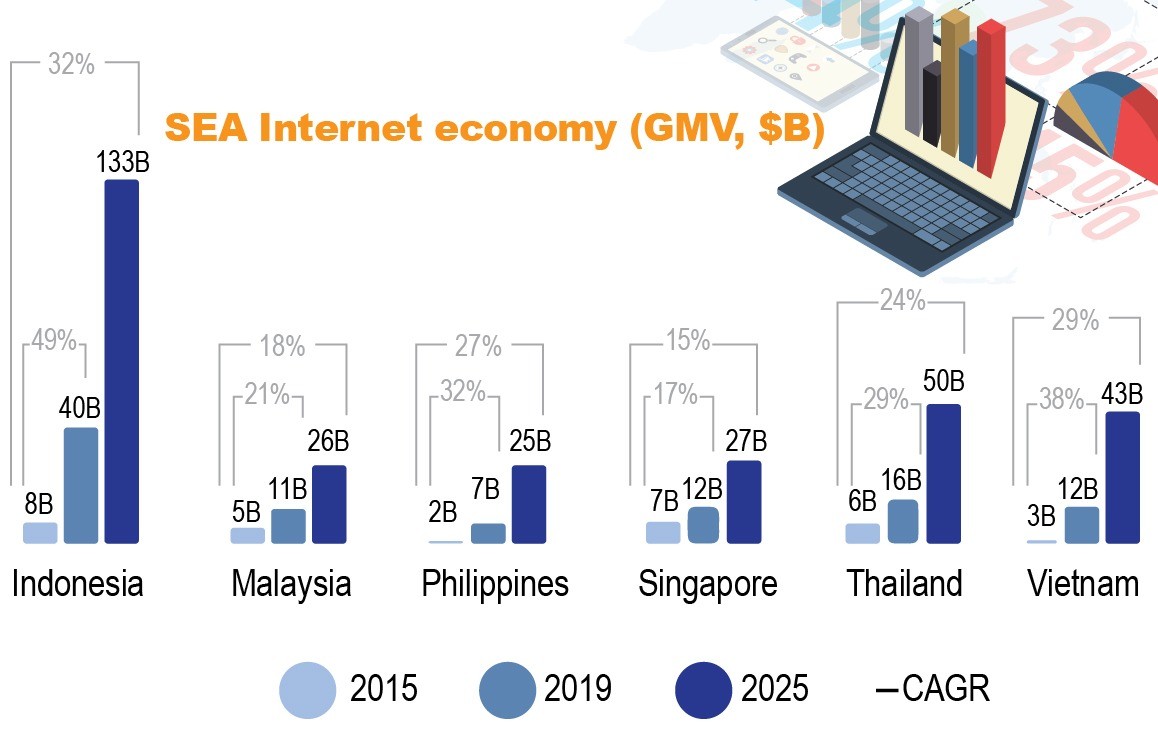Popular Reads
Top Results
Can't find what you're looking for?
View all search resultsPopular Reads
Top Results
Can't find what you're looking for?
View all search resultsStrengthening business resilience through technology in 2021 and beyond
With the needs of delivering superior customer experiences in the new normal era, there is an increasing demand for cloud collaboration tools, big data, and internet of things (IoT).
Change text size
Gift Premium Articles
to Anyone
W
hile having a sound digitalization strategy has been on the agenda of organizations in Asia Pacific over the last few years, never has it been more pressing to accelerate digital transformation initiatives in the throes of the economic downturn brought about by the impact of COVID-19. With the needs of delivering superior customer experiences in the new normal era, there is an increasing demand for cloud collaboration tools, big data, and internet of things (IoT).
A study by Twilio, the Asia Pacific region has been seeing an accelerated digital transformation push, with 60 percent of organizations sharing the pandemic has accelerated their digital communications strategy by at least five years. This is evident in sectors such as retail, e-commerce, finance, manufacturing and automotive.
With more than 133 million active internet users, Indonesia has experienced major digital economy acceleration driven by the country’s digital penetration buyer rate to reach 14.3 percent in 2020. The 2020 number is increased 1.2 percent from the previous year and this trend is expected to continue in 2021 as organizations across Asia Pacific have made digitalization a key priority in their business roadmap, and transition towards the new normal for business and work.
On the other hand, as lockdowns and restricted movement orders cause limited mobility and increase the needs of industries to be able to monitor and manage company assets and their respective lifecycles remotely with minimal disruptions. These increasing needs are translated to increased investments in
Remote Asset Management, with more organizations having leveraged the power of IoT, analytics and Augmented Reality (AR). The real-time access added with visibility and connectivity from the smart solution, offer useful insights around predictive maintenance and the operational status of assets allows organizations to figure out how they can further enhance the customer experience through a more effective asset utilization strategy.
Furthermore, through leveraging smart sensors and analytical tools, organizations can be immediately alerted to critical situations and irregularities around machine functionalities and irregularities. This could make immediate repair and replacement measures could take place more quickly as the alerts provided automatically by the system. Especially in the post COVID-19 era, Choppy demand, broken supply chains, and urgent changes are some examples of the ‘new challenges’ as agility in business decisions and having the ability to respond quickly to customer demands will be essential.
With the transformation of the customer journey driven by a new desire for touchless, digitally enabled buying channels, digital enablement will become a top commercial priority for manufacturers in the
Asia-Pacific region. This is one of the reasons organizations are shifting towards innovative selling models such as Anything as a Service (XaaS) and outcome-based offerings in creating recurring and improving revenue resilience to allow them to stay connected with customers throughout a product’s subscription life and increase the total customer lifetime value.
Given successes in virtual selling, manufacturers will continue to increase their digital investments to stay engaged with their targeted customer base while balancing the safety needs of employees. Additionally, with direct channels, manufacturers are expanding enterprise programs and increasing efficiency with sales specialists and hybrid inside-sales roles.
Seeing the trend and the needs, customer data will be integral, not only for personalized banking experiences, but beyond traditional banking. The new world of banking will entail that evolving payments become smart, safe and flexible in both retail and commercial banking. Moreover, the permanent change in the channel mix will see banks’ face-to-face engagement with customers fading.
Physical branches aren’t going to go away entirely, but they will be reserved for high value, appointment-based activities. To compensate, the personal touch has to be delivered digitally and intelligently.
Today, there is no other way but up, in the road toward economic recovery across industries in Asia Pacific and leveraging progressive technology will be a critical element that will distinguish winning organizations from the laggards in 2021 and beyond.
Digitalizing across the value chain should be regarded as a top priority as organizations in the Asia Pacific region move towards strengthening their capabilities around building business resilience in the new normal.
***
The writer is regional president for Asia-Pacific and Japan, Software AG.










